At CarMax Vehicle, we understand the critical role that efficient and safe loading of pneumatic tankers plays in the transportation and logistics industry. Pneumatic tankers, designed for the safe transport of liquids such as petroleum, chemicals, and other hazardous materials, require meticulous handling to ensure operational excellence and compliance with safety standards. In this guide, we delve deep into the best practices, equipment considerations, safety protocols, and optimization strategies for loading pneumatic tankers, ensuring that your operations are both effective and secure.
Table of Contents
- Understanding Pneumatic Tankers
- Pre-Loading Preparations
- Loading Equipment and Technology
- Step-by-Step Loading Process
- Safety Protocols and Best Practices
- Optimizing Loading Efficiency
- Common Challenges and Solutions
- Environmental Compliance and Sustainability
- Case Study: CarMax Vehicle’s Success in Pneumatic Tanker Loading
- Frequently Asked Questions
Understanding Pneumatic Tankers
Pneumatic tankers are specialized vehicles designed to transport liquids under pressure. Unlike traditional tankers, pneumatic systems utilize air pressure to move liquids, offering advantages in terms of efficiency, speed, and safety. These tankers are essential in industries such as petrochemicals, pharmaceuticals, and food processing, where the precise and safe transport of liquids is paramount.
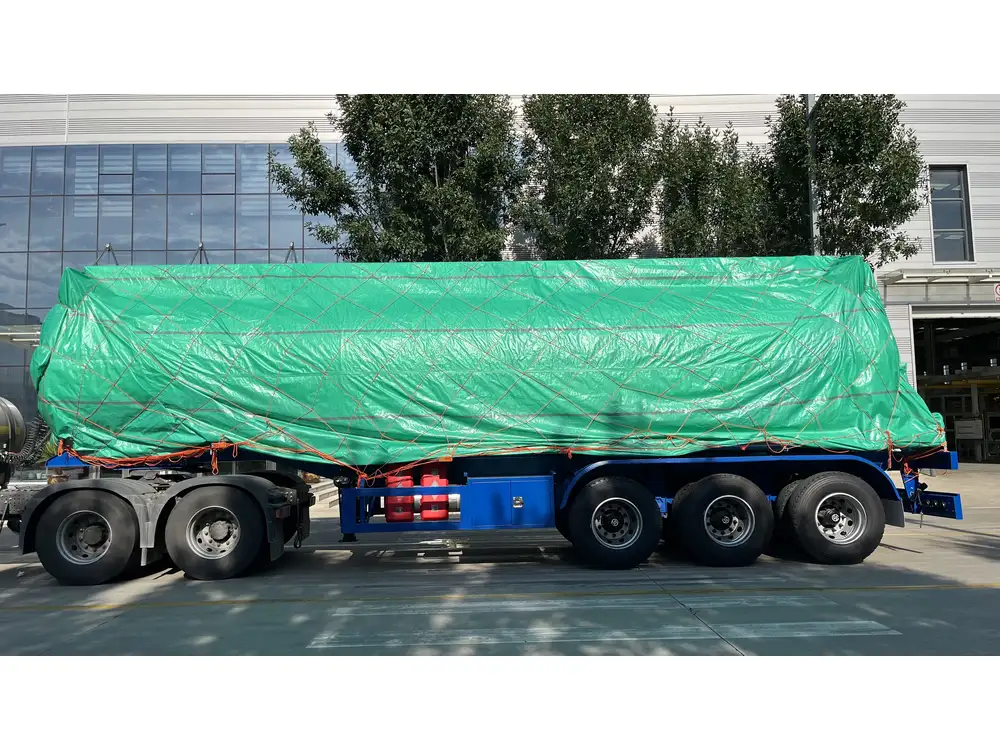
Key Features of Pneumatic Tankers
- Pressurized Chambers: Ensure that liquids remain contained and are transported safely.
- Durable Construction: Made from materials resistant to corrosion and high pressures.
- Advanced Pump Systems: Facilitate the efficient loading and unloading of liquids.
- Safety Mechanisms: Include pressure release valves and leak detection systems.
Pre-Loading Preparations
Effective loading of a pneumatic tanker begins long before the actual transfer of liquid. Proper preparation ensures that the process is smooth, safe, and compliant with industry standards.
Inspection and Maintenance
Before each loading operation, a comprehensive inspection of the tanker is crucial. This includes:
- Structural Integrity: Checking for any signs of wear, corrosion, or damage that could compromise safety.
- Seals and Valves: Ensuring that all seals are intact and valves are functioning correctly to prevent leaks.
- Pump Systems: Verifying that pumps are operational and calibrated for accurate flow rates.
Regular maintenance schedules, as recommended by CarMax Vehicle, can prevent unexpected failures and extend the lifespan of the tanker.
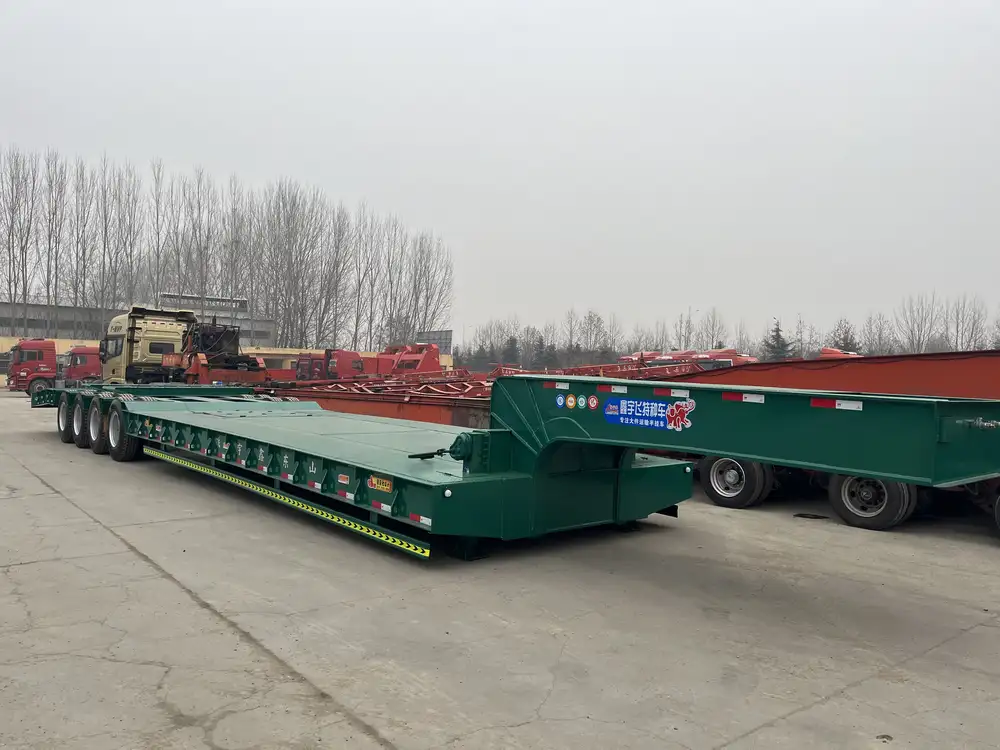
Environmental Considerations
Loading pneumatic tankers must account for environmental factors such as:
- Temperature Control: Ensuring that liquids are kept at optimal temperatures to maintain their integrity.
- Ventilation: Proper ventilation to prevent the buildup of hazardous vapors.
- Spill Containment: Implementing measures to contain and manage any accidental spills during loading.
Loading Equipment and Technology
The right equipment and technology are pivotal in ensuring the efficient and safe loading of pneumatic tankers. CarMax Vehicle offers a range of advanced loading systems tailored to meet diverse operational needs.
CarMax Vehicle’s State-of-the-Art Loading Systems
Our loading systems are engineered to provide:
- Precision Control: Accurate measurement and control of liquid flow rates.
- Modular Design: Flexible configurations that can be customized for different tanker sizes and types.
- Durability: Built to withstand harsh conditions and heavy usage without compromising performance.

Automation and Control Systems
Incorporating automation into the loading process enhances efficiency and reduces the likelihood of human error. Features include:
- Automated Valves and Pumps: Ensure consistent flow rates and pressure levels.
- Real-Time Monitoring: Provides operators with live data on loading parameters, enabling prompt adjustments.
- Integrated Safety Protocols: Automatically initiate safety measures in case of anomalies detected during loading.
Step-by-Step Loading Process
A systematic approach to loading pneumatic tankers ensures that each step is executed correctly, minimizing risks and maximizing efficiency.
Positioning the Tanker
Proper positioning is the foundation of a successful loading operation.
- Alignment with Loading Interface: Ensures a secure connection between the tanker and the loading system.
- Stabilization: Using chocks and stabilizers to prevent movement during loading.
- Accessibility: Ensuring that all loading ports and valves are easily accessible for operators.

Connection Procedures
Establishing a secure connection between the loading system and the tanker involves:
- Sealing Connections: Using appropriate seals to prevent leaks.
- Pressure Equalization: Gradually equalizing the pressure between the loading system and the tanker to avoid sudden pressure surges.
- Validation Checks: Verifying that all connections are secure before initiating the loading process.
Monitoring the Load
Continuous monitoring is essential to ensure that loading proceeds as planned.
- Flow Rate Monitoring: Tracking the rate at which liquid is entering the tanker to adhere to specifications.
- Pressure Monitoring: Keeping track of internal tanker pressure to prevent over-pressurization.
- Temperature Monitoring: Ensuring that the liquid maintains its required temperature throughout the process.
Safety Protocols and Best Practices
Safety is paramount when loading pneumatic tankers. Adhering to strict protocols protects both personnel and the environment.
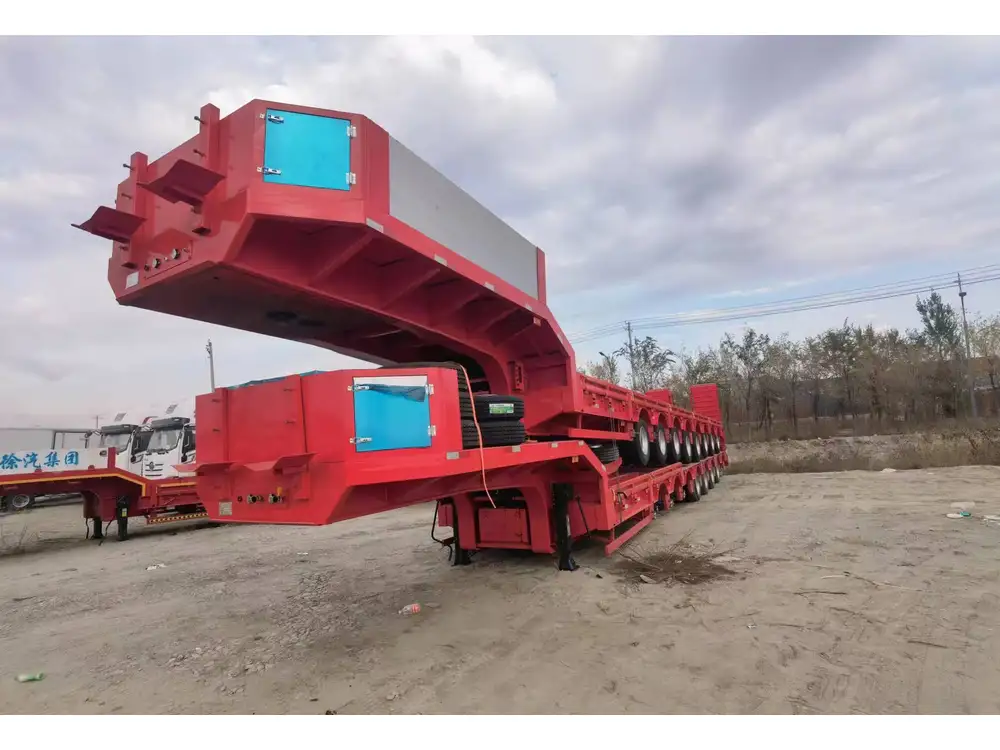
Personal Protective Equipment (PPE)
Equipping workers with the right PPE minimizes the risk of accidents and exposure to hazardous materials.
- Protective Gloves: Prevent skin contact with harmful liquids.
- Safety Goggles: Protect eyes from splashes and vapors.
- Protective Clothing: Shield the body from spills and contact with pressurized systems.
Emergency Response Measures
Preparedness for emergencies ensures rapid and effective responses to incidents.
- Spill Response Kits: Equipped with materials to contain and clean up spills.
- Fire Suppression Systems: Installed to control and extinguish fires promptly.
- Emergency Shutoff Controls: Allow for the immediate cessation of loading operations in case of an emergency.
Optimizing Loading Efficiency
Efficiency in loading operations translates to cost savings and improved operational throughput. CarMax Vehicle employs strategies to maximize loading efficiency without compromising safety.

Training and Workforce Management
A well-trained workforce is essential for efficient and safe loading operations.
- Comprehensive Training Programs: Covering the operation of loading systems, safety protocols, and emergency procedures.
- Continuous Skill Development: Ensuring that staff stay updated with the latest technologies and best practices.
- Performance Monitoring: Regular assessments to identify areas for improvement and recognize exceptional performance.
Data-Driven Decision Making
Leveraging data analytics enhances decision-making processes.
- Operational Data Collection: Monitoring key performance indicators (KPIs) such as load times, pressure levels, and temperature variations.
- Predictive Maintenance: Using data to anticipate equipment failures before they occur, reducing downtime.
- Process Optimization: Analyzing loading workflows to identify and eliminate inefficiencies.
Common Challenges and Solutions
Loading pneumatic tankers presents several challenges that require targeted solutions to maintain efficiency and safety.
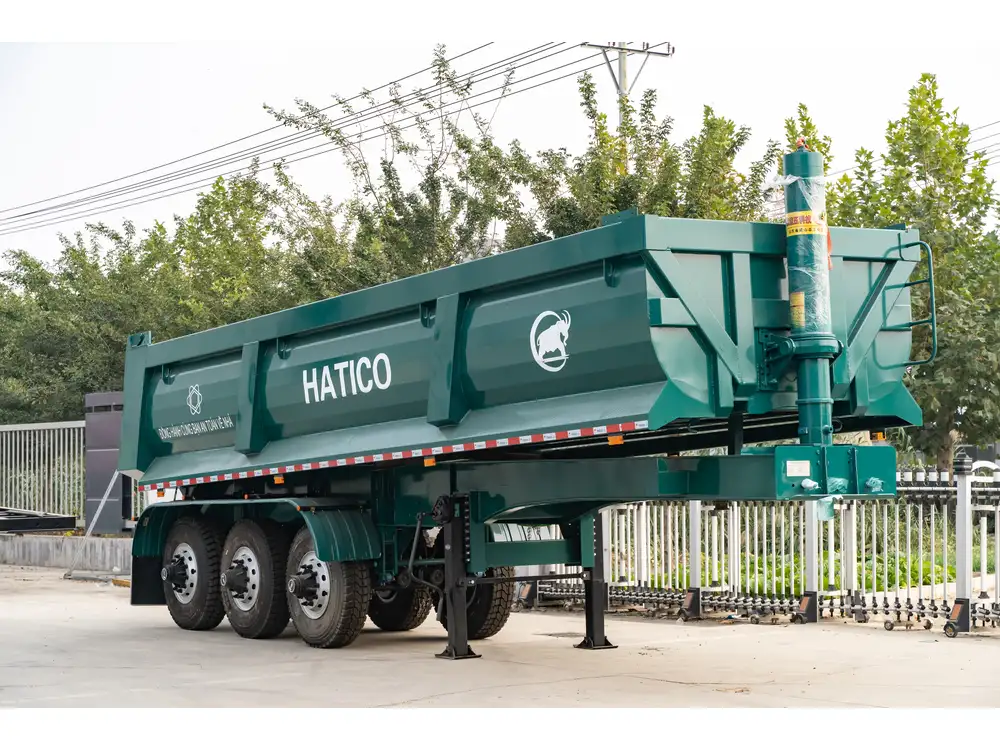
Leak Prevention
Leaks can lead to product loss, environmental contamination, and safety hazards.
- Regular Seal Inspections: Ensuring that all seals are in good condition and replaced as needed.
- Advanced Leak Detection Systems: Implementing sensors that can detect even minor leaks early, allowing for prompt corrective action.
- Proper Connection Techniques: Training operators in secure connection procedures to minimize the risk of leaks during loading.
Temperature Control
Maintaining the correct temperature of the liquid is crucial to preserve product quality.
- Insulated Tankers: Utilizing tankers with insulation properties to maintain temperature.
- Heating/Cooling Systems: Integrating temperature regulation systems that can actively control the liquid’s temperature during loading.
- Environmental Controls: Managing ambient temperature conditions in loading areas to support temperature stability.
Environmental Compliance and Sustainability
Adhering to environmental regulations and promoting sustainability are integral to modern loading operations.
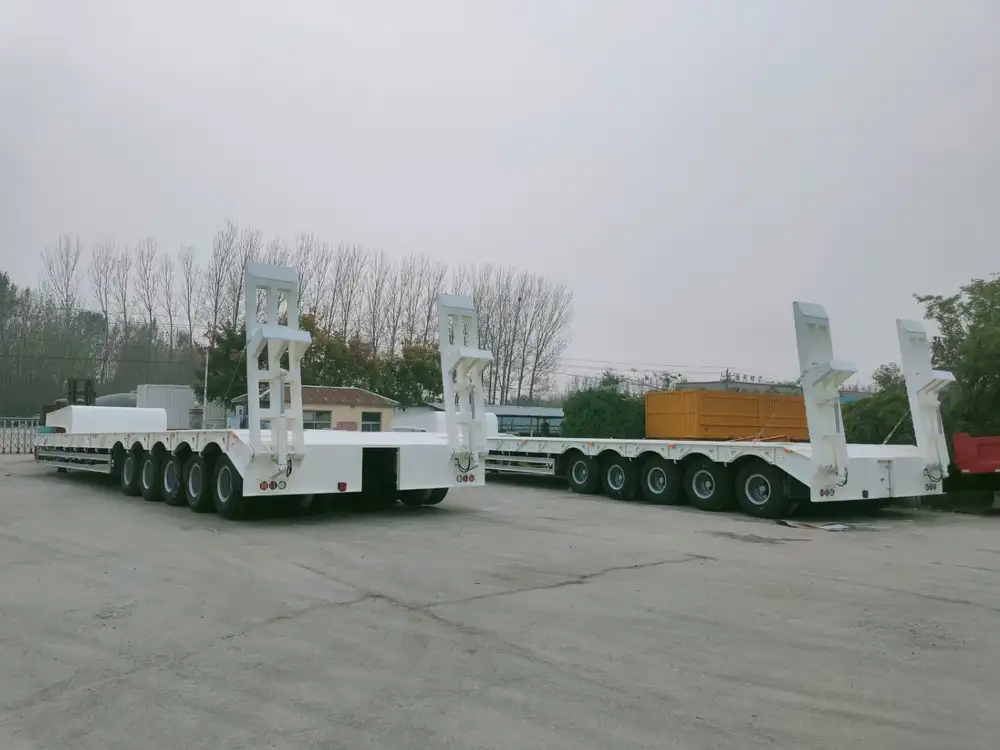
Regulatory Compliance
Ensuring that loading operations comply with local and international regulations minimizes legal risks and promotes responsible business practices.
- Emission Controls: Implementing systems to reduce harmful emissions during loading.
- Waste Management: Proper disposal of any waste generated during the loading process in accordance with environmental laws.
- Reporting and Documentation: Maintaining accurate records of loading activities, emissions, and waste management for regulatory audits.
Sustainable Practices
Incorporating sustainability into loading operations enhances corporate responsibility and can lead to cost savings.
- Energy-Efficient Equipment: Utilizing pumps and systems that consume less energy without compromising performance.
- Recycling and Reuse: Implementing systems to recycle materials and reuse water where possible.
- Green Technologies: Investing in technologies that reduce the environmental impact of loading operations, such as solar-powered equipment and eco-friendly lubricants.
Case Study: CarMax Vehicle’s Success in Pneumatic Tanker Loading
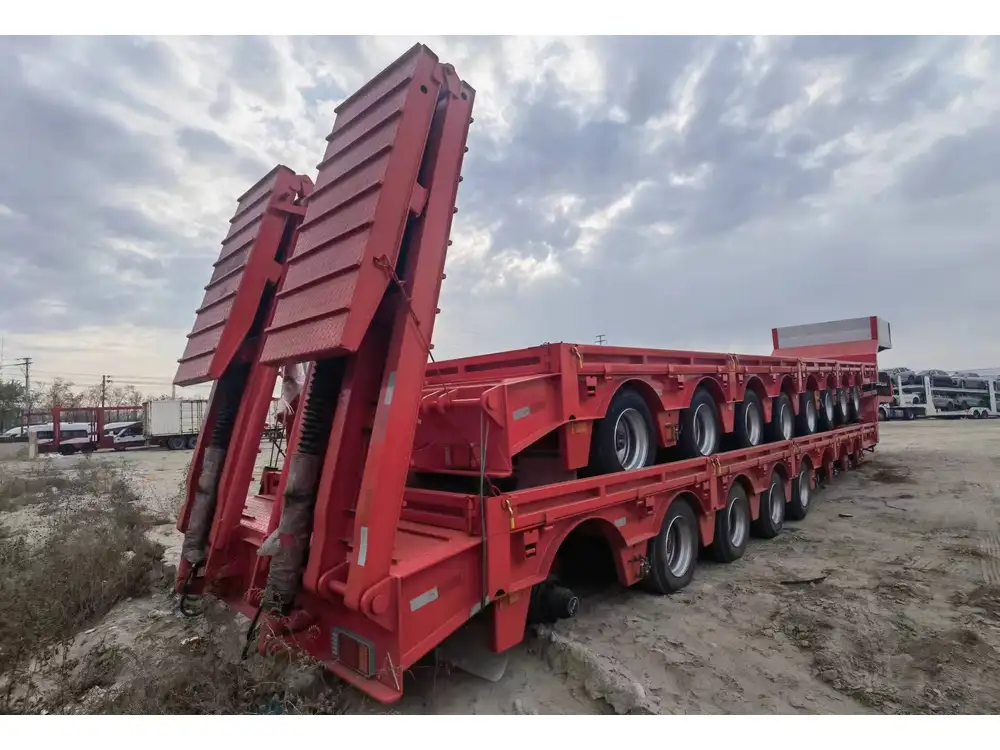
Overview
CarMax Vehicle has been at the forefront of pneumatic tanker manufacturing and loading solutions. Our commitment to innovation, safety, and efficiency has set industry benchmarks and earned us the trust of clients worldwide.
Implementation of Advanced Loading Systems
By integrating our state-of-the-art loading systems with automation and real-time monitoring, we have significantly reduced loading times and enhanced safety across our operations. This integration has enabled:
- Consistent Load Quality: Ensuring that each tanker is loaded with precision and meets quality standards.
- Reduced Downtime: Minimizing equipment failures and maintenance needs through predictive analytics.
- Enhanced Safety: Lowering the likelihood of accidents through automated safety protocols and continuous monitoring.
Outcomes
- Increased Efficiency: Achieved a 20% reduction in loading times through optimized workflows and advanced equipment.
- Safety Milestones: Maintained an impeccable safety record with zero major incidents over the past five years.
- Customer Satisfaction: Earned high satisfaction ratings from clients due to reliable and efficient loading services.
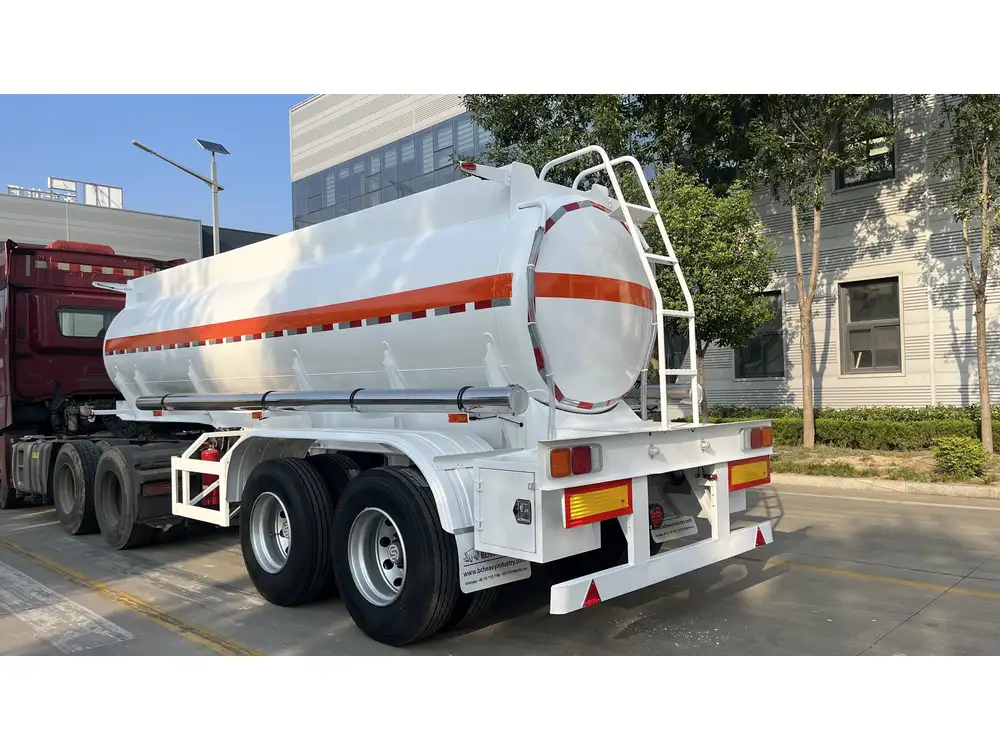
Frequently Asked Questions
1. What are the key benefits of using pneumatic tankers for liquid transportation?
Pneumatic tankers offer several advantages, including enhanced safety due to pressurized containment, efficient loading and unloading processes, reduced risk of spillage, and the ability to transport a variety of liquids, including hazardous materials, with precision.
2. How does CarMax Vehicle ensure the safety of pneumatic tanker loading operations?
We implement rigorous safety protocols, including comprehensive pre-loading inspections, the use of advanced leak detection and pressure monitoring systems, mandatory use of personal protective equipment, and continuous training programs for our workforce to uphold the highest safety standards.
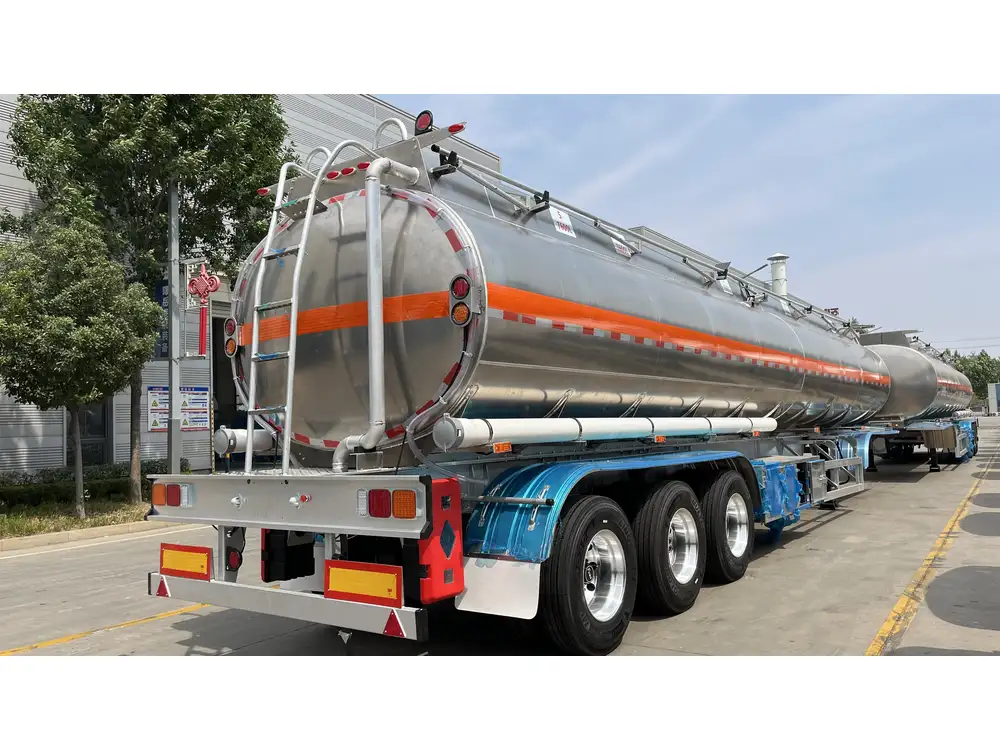
3. What maintenance practices are recommended for pneumatic tankers?
Regular maintenance includes inspecting structural integrity, checking seals and valves for wear or damage, ensuring pump systems are operational and calibrated, and conducting routine cleaning. Adhering to a strict maintenance schedule helps prevent leaks, equipment failures, and extends the lifespan of the tanker.
4. Can pneumatic tankers be used for different types of liquids?
Yes, pneumatic tankers are versatile and can be customized to transport a wide range of liquids, including petroleum products, chemicals, pharmaceuticals, and food-grade liquids. The specific tanker design and materials used can be tailored to suit the properties of the liquid being transported.
5. How does automation enhance the loading process of pneumatic tankers?
Automation enhances the loading process by providing precise control over flow rates and pressure levels, reducing the potential for human error, enabling real-time monitoring and adjustments, and streamlining operations to increase overall efficiency and safety.



